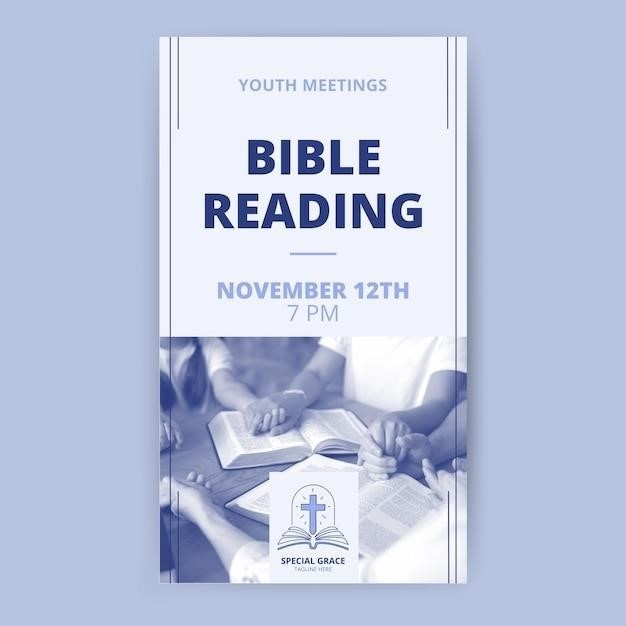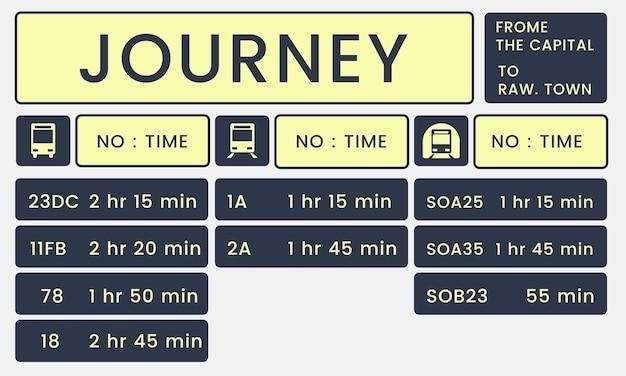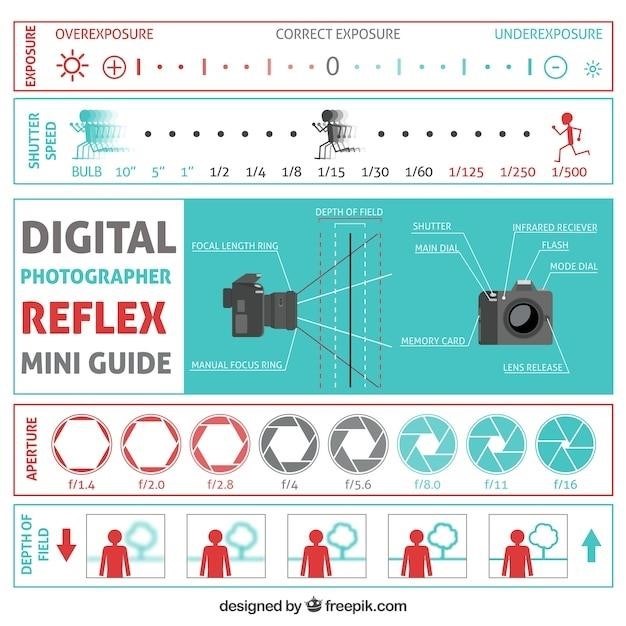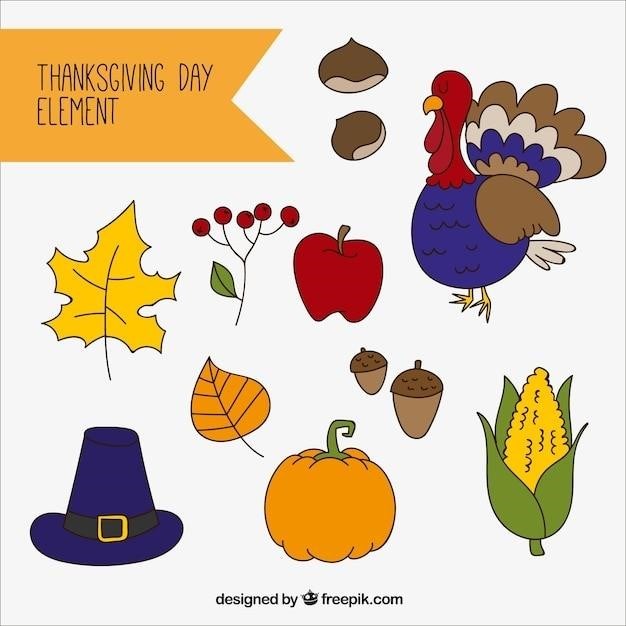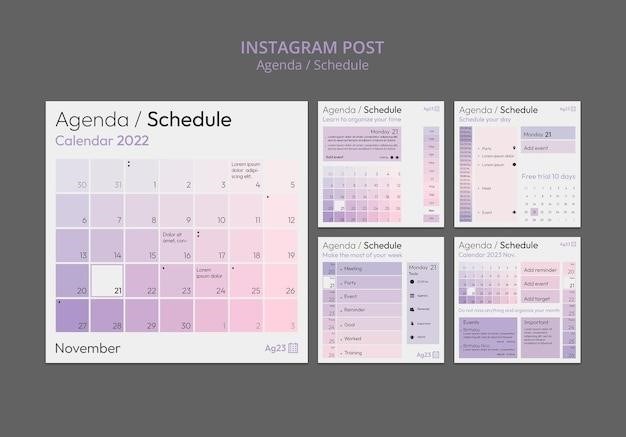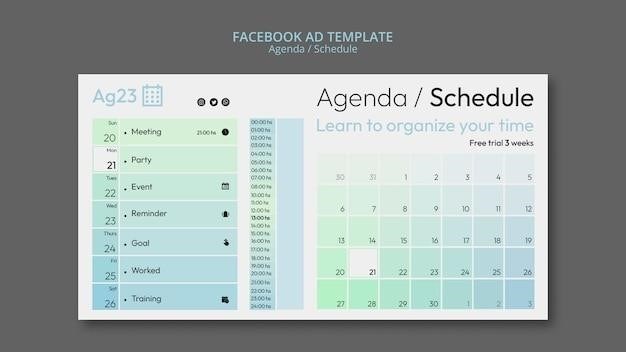Estudio Bíblico PDF⁚ Recursos y Guía para el Aprendizaje
Embark on a journey of spiritual growth with the help of PDF Bible studies. This comprehensive guide will explore valuable resources, free studies, and insightful tips for effective Bible study, empowering you to deepen your understanding of God’s Word.
Introducción
In the digital age, accessing and engaging with God’s Word has become increasingly accessible through PDF Bible studies. These readily available resources offer a convenient and flexible way to delve into Scripture, fostering spiritual growth and enriching your understanding of the Bible. From comprehensive studies to focused explorations of specific topics, PDF Bible studies cater to diverse learning styles and preferences, making them a valuable tool for individuals and groups seeking to deepen their faith.
Beneficios de los Estudios Bíblicos en Formato PDF
PDF Bible studies offer a plethora of benefits for those seeking to engage with Scripture. Their portability allows you to study God’s Word anytime, anywhere, whether on your commute, during breaks, or at your leisure. The digital format enables easy searching, highlighting, and note-taking, facilitating a deeper understanding of the text. Additionally, PDF studies often include valuable supplementary materials like commentaries, maps, and charts, enhancing your learning experience. The ability to share and distribute these studies effortlessly makes them ideal for personal reflection, group discussions, and even outreach initiatives.
Recursos en Línea para Estudios Bíblicos en PDF
The digital world offers a treasure trove of online resources for PDF Bible studies. Websites like GotQuestions.org provide comprehensive studies covering various topics, including evangelism, Christian living, and biblical doctrines. Many churches and ministries also offer free PDF studies on their websites, catering to diverse audiences and interests. These studies often delve into specific books of the Bible, thematic topics, or even provide practical guidance for daily living. By exploring these online resources, you can find a wealth of enriching and insightful PDF Bible studies to enhance your spiritual journey.

Estudios Bíblicos Gratuitos en PDF
Seeking to deepen your understanding of the Bible without breaking the bank? The digital world offers a plethora of free PDF Bible studies for your spiritual growth. Websites like GotQuestions.org provide accessible and engaging studies covering various topics, from foundational doctrines to practical applications for daily life. These studies often include thoughtful questions for reflection and discussion, encouraging deeper engagement with God’s Word. Additionally, many churches and ministries offer free PDF studies on their websites, providing a wealth of resources for individuals and groups seeking to learn more about the Bible. So, embark on your spiritual journey with these readily available and enriching free PDF Bible studies.
GotQuestions.org
GotQuestions.org stands as a valuable online resource for those seeking free PDF Bible studies. This website offers a comprehensive library of studies covering a wide range of topics, from foundational doctrines to practical applications for daily life. Their studies are designed to be accessible and engaging, encouraging deeper understanding and reflection on God’s Word. Whether you’re a beginner or a seasoned student of the Bible, GotQuestions.org provides a wealth of free resources to enhance your spiritual journey. Their studies often include thoughtful questions for personal reflection and group discussions, making them ideal for individual and communal learning.
Iglesias y Ministerios
Many churches and ministries recognize the value of PDF Bible studies and offer them as valuable tools for their congregations. These studies often delve into specific books of the Bible, explore theological themes, or provide guidance on practical aspects of the Christian life. They are often designed to be used in small group settings, encouraging fellowship and discussion among believers. Churches may offer these studies through their websites, social media platforms, or directly through their ministries. Whether seeking a deeper understanding of scripture or practical applications for daily living, churches and ministries provide a valuable resource for PDF Bible studies.
Estudios Bíblicos Temáticos en PDF
Dive into specific themes and areas of interest with thematic PDF Bible studies. These studies offer a focused exploration of various topics relevant to the Christian faith, providing a deeper understanding of God’s Word and its application to daily life. From exploring the characteristics of a thriving Christian life to gaining insights into effective evangelism, these studies cover a wide range of subjects. They are designed to be engaging and thought-provoking, encouraging personal reflection and spiritual growth. Whether you are seeking guidance on specific challenges, exploring a particular aspect of faith, or simply seeking to broaden your understanding of scripture, thematic PDF Bible studies offer a valuable resource for enriching your spiritual journey.
Vida Cristiana
Gain a deeper understanding of the Christian life and its practical application through PDF studies focused on this theme. These studies delve into various aspects of the Christian journey, including discipleship, spiritual growth, prayer, and living a life that reflects God’s love. They provide valuable insights into the challenges and joys of being a follower of Christ, offering guidance on navigating everyday life with faith and purpose. Whether you are seeking to strengthen your personal walk with God, learn how to better serve others, or simply deepen your understanding of what it means to live as a Christian, these studies offer a rich resource for growth and inspiration.
Evangelismo
Equip yourself to share the Good News with confidence and clarity through PDF studies designed specifically for evangelism. These studies provide practical tools and biblical insights to effectively communicate the Gospel message to others. They explore key aspects of evangelism, such as understanding the nature of sin and salvation, presenting the message of Jesus Christ in a compelling way, and addressing common objections. These studies are valuable for individuals seeking to share their faith with friends, family, and those who have yet to encounter the transformative power of Jesus Christ.
Mujeres
Discover a wealth of resources dedicated to women’s spiritual growth through PDF Bible studies. These studies offer insightful perspectives on biblical womanhood, exploring themes of faith, identity, relationships, and purpose. They delve into the lives of women in Scripture, highlighting their struggles, triumphs, and contributions to God’s kingdom. Whether you’re seeking to understand your role as a wife, mother, daughter, or simply a woman of faith, these studies provide encouragement, wisdom, and practical guidance for navigating life’s journey with God’s grace.
Consejos para un Estudio Bíblico Efectivo
Maximizing your Bible study experience with PDF resources requires a strategic approach. Begin by creating a dedicated space free from distractions, ensuring a quiet and focused environment for reflection. Choose a study method that suits your learning style, whether it involves note-taking, highlighting key verses, or engaging in reflective journaling. Don’t hesitate to consult commentaries, dictionaries, or other resources to enhance your understanding of challenging passages. Remember, the goal is to engage with God’s Word on a personal level, allowing it to shape your thoughts, beliefs, and actions.
Preparación
Before diving into your PDF Bible study, take a moment to prepare your heart and mind. Begin by praying for understanding and guidance, asking God to open your eyes to His truth. Set aside a specific time and create a comfortable environment free from distractions. Gather your chosen PDF study materials, a notebook or journal, and any other tools that might be helpful, such as a Bible dictionary or concordance. Take a few minutes to reflect on the topic you are about to explore, allowing your mind to be receptive to God’s message. This initial preparation will set the stage for a fruitful and meaningful study experience.
Metodología
Engaging with a PDF Bible study requires a strategic approach. Start by reading the text carefully, paying attention to the context and key themes. Use the provided study questions to guide your reflection, allowing them to prompt deeper insights. Consider using a pencil or highlighter to mark important passages or verses that resonate with you. Take time to meditate on the text, allowing God’s Word to sink into your heart and mind. Don’t hesitate to research any unfamiliar terms or concepts, utilizing online resources or Bible dictionaries to enhance your understanding. As you progress through the study, jot down your thoughts, reflections, and any applications you discover, making the experience truly personal and meaningful.
Aplicación
The true value of a Bible study lies in its application to your daily life. Reflect on the lessons learned and identify specific areas where you can put them into practice. Consider how these teachings can influence your thoughts, actions, and relationships. Perhaps you’ll find inspiration to be more patient, compassionate, or generous. Maybe you’ll gain a renewed sense of purpose or a deeper understanding of God’s plan for your life. Don’t just passively absorb the information; actively seek to integrate it into your everyday experiences. This is where the Bible study truly comes alive, transforming your faith into tangible action and making a lasting impact on your walk with God.
Conclusión
Exploring the Bible through PDF studies offers a convenient and enriching way to deepen your faith. The accessibility of these resources allows you to learn at your own pace, delve into various topics, and find answers to life’s questions. Whether you’re a seasoned believer or just beginning your spiritual journey, these studies provide a valuable tool for growth and understanding. Embrace the opportunity to connect with God’s Word, discover its timeless wisdom, and let it guide your path toward a more fulfilling and meaningful life.
